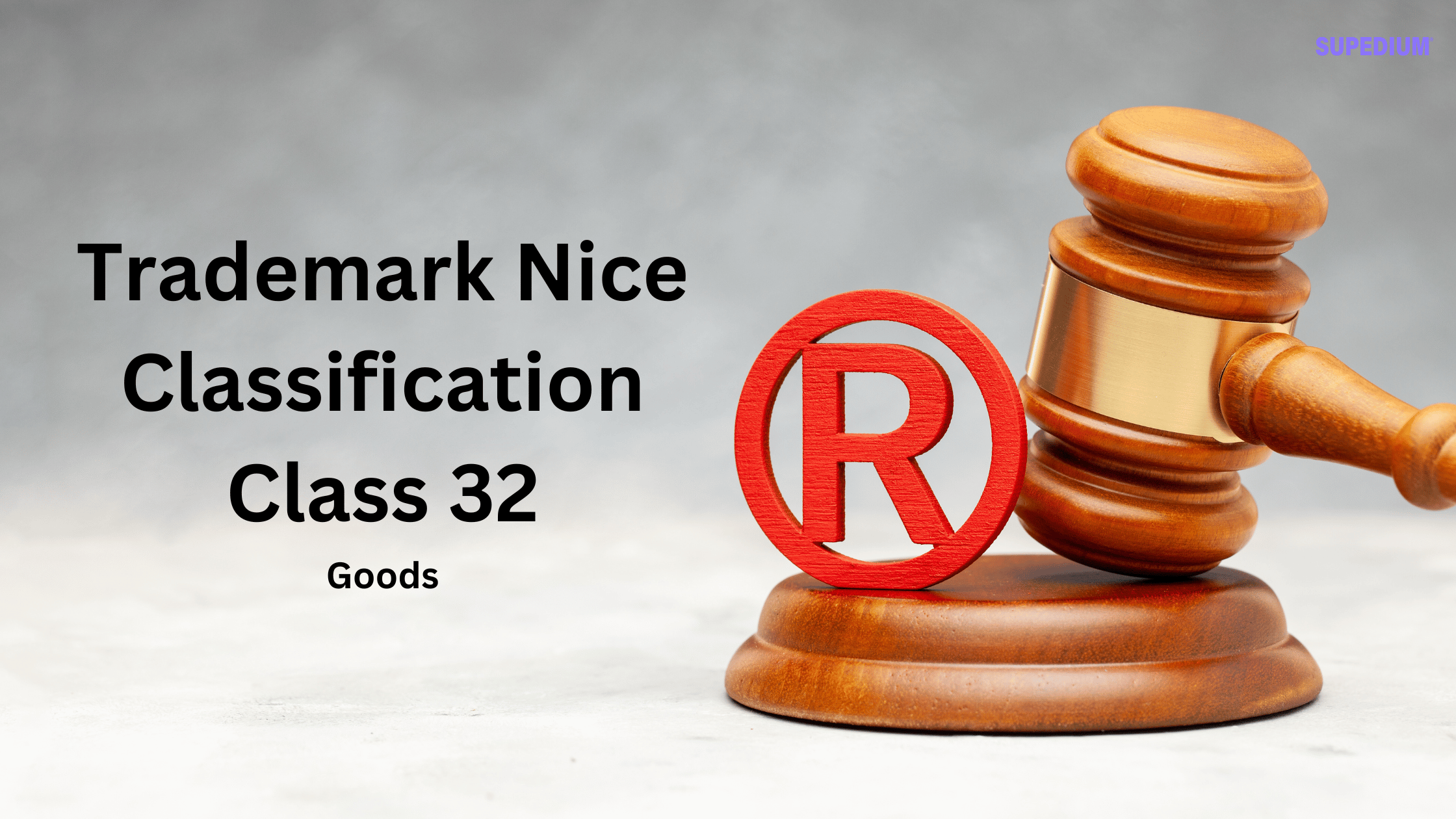Table of Contents
![]()
Introduction to Interchain Communication
Interchain communication refers to the process by which different blockchain networks can interact, share data, or transfer assets among one another. This capability is fundamental for the growth and versatility of blockchain technology, as it allows for scalability, interoperability, and the creation of complex decentralized applications across multiple chains. Initially, blockchains were designed to operate in isolation, each with its own ecosystem. However, the demand for a more connected blockchain environment has led to the development of interchain communication protocols and mechanisms.
Basics of Interchain Communication
The essence of interchain communication lies in enabling cross-chain transactions where assets or data can move from one blockchain to another securely and efficiently. Key concepts include:
- Atomic Swaps: Transactions that either complete entirely across chains or not at all, ensuring no party is at risk.
- Wrapped Tokens: Tokens from one blockchain that are represented on another chain, often through a smart contract.
- Sidechains: Separate blockchains that are linked to the main chain for specific functionalities or to offload some of the main chain’s load.
Types of Interchain Bridges
Bridges are the infrastructure that facilitates this communication:
- Trusted vs. Trustless Bridges:
- Trusted Bridges involve an intermediate party or centralized system that validates transactions, introducing a trust component.
- Trustless Bridges employ cryptographic methods to secure transactions without needing to trust a third party.
- Federated Bridges operate with a selected group of validators or nodes that manage the bridge, often used in more controlled environments.
- Decentralized Bridges leverage the consensus mechanisms of multiple chains or external networks to ensure security and decentralization.
Mechanisms of Interchain Communication
Several mechanisms have been developed to support interchain activities:
- Relay Chains: Networks like Polkadot use a relay chain to connect different blockchains or parachains, providing a central point for communication.
- Cross-Chain Protocols:
- Cosmos IBC (Inter-Blockchain Communication) allows for secure, token-agnostic, and flexible communication between independent blockchains.
- Polkadot’s XCMP (Cross-Chain Message Passing) is designed for parachains to communicate with each other directly.
- Notary Schemes where external entities or notaries verify transactions across chains.
- Hash-Locking mechanisms for atomic swaps, ensuring cross-chain transactions are either fully completed or rolled back.
Challenges and Security Concerns
Interchain communication brings with it several challenges:
- Security Risks include:
- Double-spending where one asset might be spent in multiple places across chains.
- Chain reorganizations that can affect transactions already considered final.
- Vulnerabilities in the smart contracts managing these bridges.
- Scalability Issues as the complexity of managing interchain interactions can lead to network congestion and slow transaction speeds.
- Interoperability Standards are crucial but challenging to establish given the diversity in blockchain designs and purposes.
Case Studies and Implementations
Real-world applications showcase how interchain communication works:
- Ethereum and Polygon: Polygon acts as a scaling solution for Ethereum, providing faster, cheaper transactions while maintaining interoperability.
- BTC Relay on Ethereum: An early example of allowing Bitcoin transactions to be verifiable on the Ethereum network.
- Cosmos Network: With its Hub and Zones model, Cosmos enables different blockchains to interoperate securely.
- Wormhole: Facilitates cross-chain communication between networks like Ethereum, Solana, and others, allowing asset transfers and data exchange.
Future of Interchain Communication
The future looks promising with ongoing developments:
- Upcoming Technologies like sharding and layer 2 solutions are set to enhance the efficiency of interchain communication.
- Regulatory Considerations will shape how these technologies are implemented, with a focus on security, privacy, and compliance.
- Decentralized Finance (DeFi): Interchain bridges are pivotal for the growth of DeFi, allowing for multi-chain, multi-asset financial applications.
Conclusion
Interchain communication and bridges are at the heart of blockchain’s evolution towards a more interconnected and efficient ecosystem. They solve key issues of isolation, scalability, and functionality, paving the way for a future where blockchain technologies can work in unison, much like the internet does with different protocols and services. However, this advancement comes with its own set of challenges, particularly around security and standardization. As the blockchain space matures, the balance between interoperability, security, and decentralization will continue to define the trajectory of interchain technology.
Share This





Be the first to comment